These Eerie Civil War Photos Changed How the U.S. Saw Veterans
Reed Bontecou’s groundbreaking photography used a new medium to bring attention to the wounds of war
The Civil War changed everything Americans thought about war—and itself. It ushered in a new kind of war, one that put America's industrial innovation to the test and made killing easier than ever. But those who did not die ended up with wounds the likes of which had never been seen (or treated) by doctors. Modern technology had created a whole new group of modern veterans.
But modern technology was also on hand to help those wounded warriors. As Public Domain Review notes, a doctor named Reed Bontecou used the new innovation of photography to document casualties of the Civil War. The photos above were all taken by Bontecou and marked with red pencil to show the trajectory of the bullets that caused each wound. The haunting photos he took were used not just to document the conflict's physical effects but to teach field surgeons and help veterans get compensation once the war was over.
Bontecou practiced medicine for the army in New York when war broke out. He became surgeon to the Civil War's first volunteer regiment and soon found himself performing first aid, surgeries and even amputations on active battlefields under intense conditions. He eventually became Surgeon-in-Chief of the war's biggest federal general hospital.
And that's where photography comes in. Inside the hospital, Bontecou began to document soldiers' wounds using cartes de visite. The palm-sized photos were cheap and easy to make, and Bontecou's team used them not just to document the ways in which soldiers were being wounded, but as tools to teach surgeons in the field new ways of performing surgeries. Bontecou contributed heavily to The Medical and Surgical History of the War of the Rebellion, which was commissioned by the U.S. Surgeon General, and summarized the medical findings of the war.
Following the war, Bontecou's photographs became important for a different reason: They were used by soldiers who needed to prove the severity of their wounds to pension boards to receive compensation for their service. Today, Bontecou is sometimes called "the Napoleon of Surgeons" for his bravery. But the soldiers whose wounds he photographed—men infected with gangrene, riddled with bullets and robbed of the lives they once knew through shell blasts—were just as brave when they sustained their wounds, then bared them for the camera.
/https://tf-cmsv2-smithsonianmag-media.s3.amazonaws.com/accounts/headshot/erin.png)
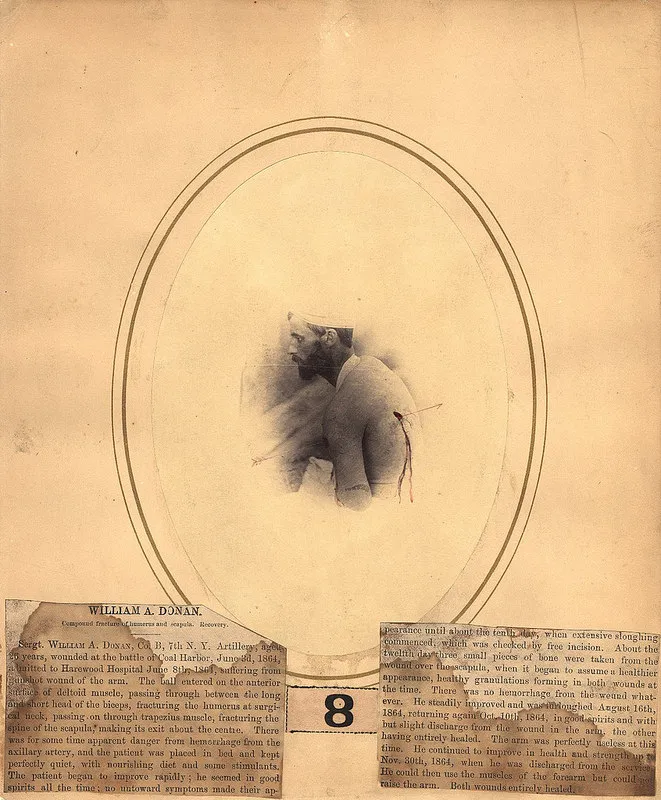
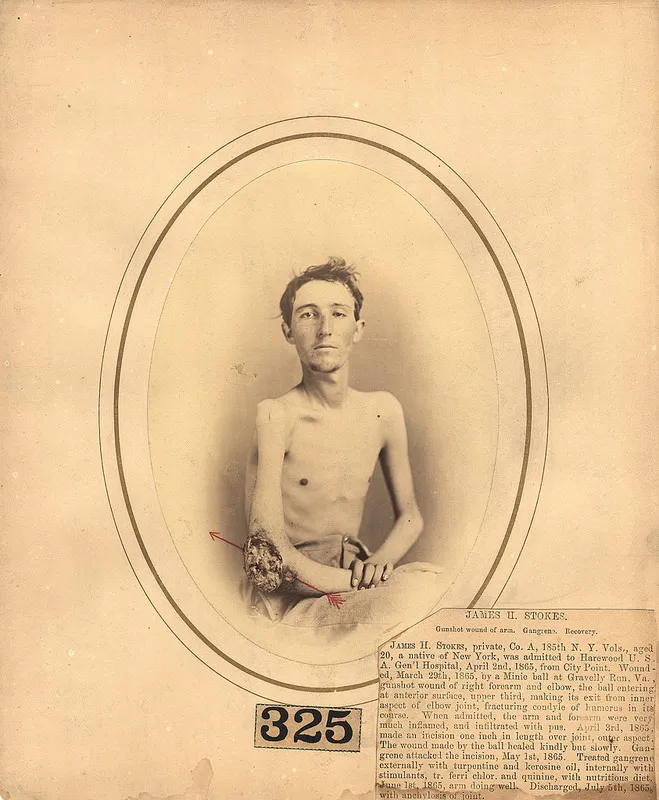
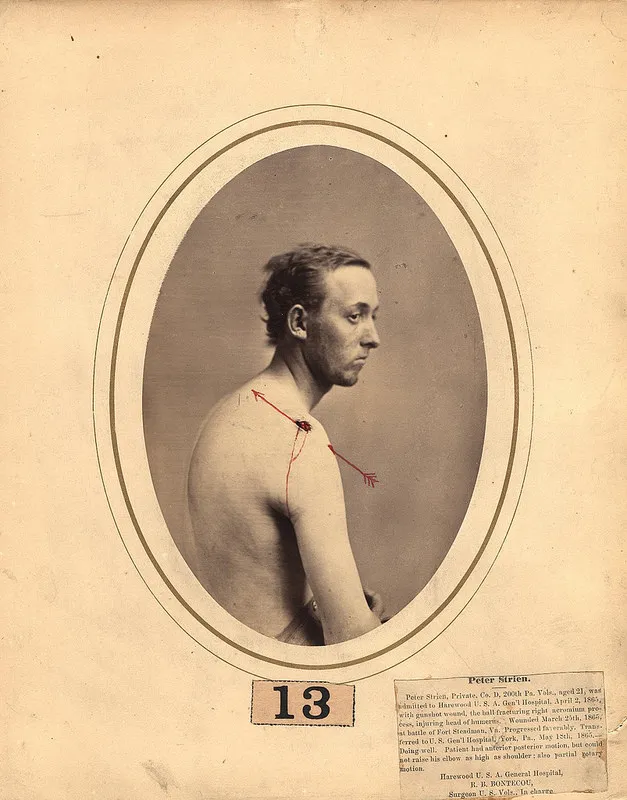
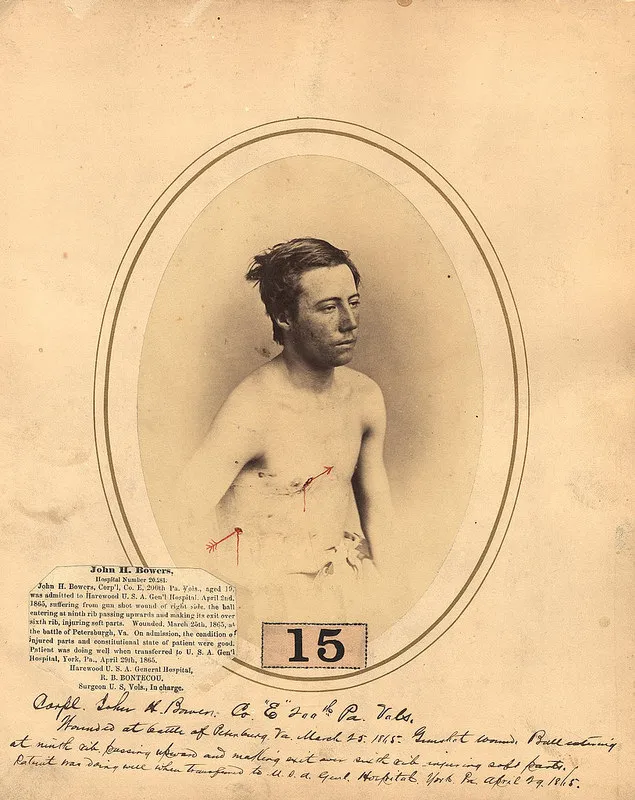
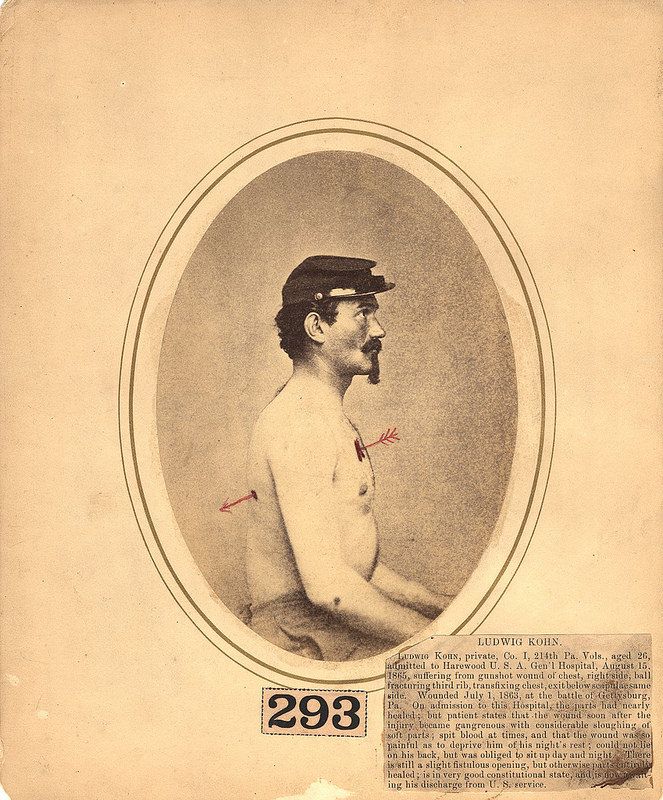
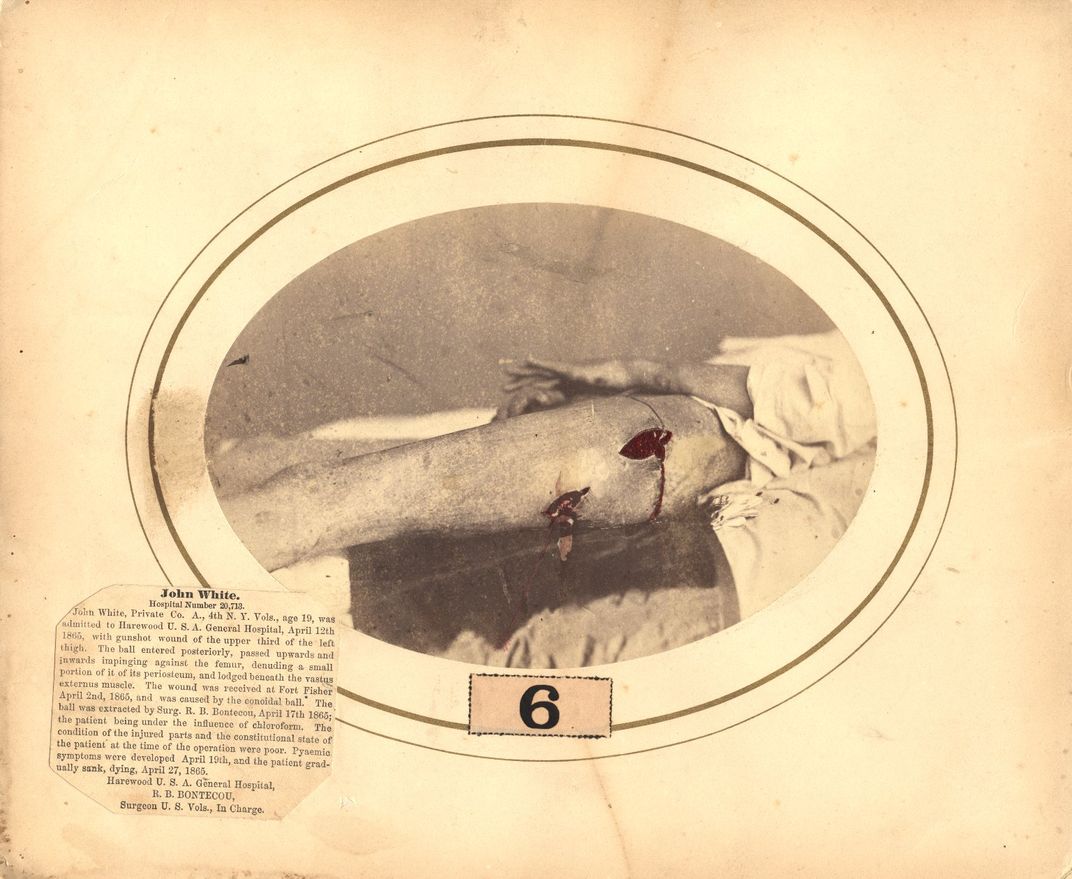
/https://tf-cmsv2-smithsonianmag-media.s3.amazonaws.com/accounts/headshot/erin.png)